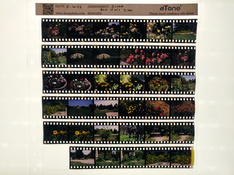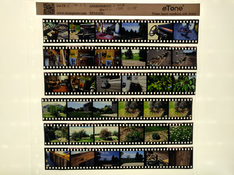Hi folks,
I'm thinking about some ways i to cut down on the costs of my 4x5 experiments.
I know i could just shoot a roll of 35mm or 120, but in a sense it's not cheaper unless i wait to burn through the whole roll.
But my preferred modus operandi is to just shoot a couple of 4x5, develop that, and check the results.
I'm maybe going to play around with cutting 4x5 sheets in half or thirds, although i anticipate this being a little tricky in the dark.
I also thought there might be a way to cut down on cost of chemicals but thining down the dilution and processing longer.
So that brings me to my question: are there any general rules of thumb about this? Is it a complete no-no? I'm guessing that half the chemical dilution with double the processing time will not = the same result? Will it be horrible? Or just less good? Other thoughts?
I'm particularly interested in this with regard to E-6 chemistry.
Cheers!
I'm thinking about some ways i to cut down on the costs of my 4x5 experiments.
I know i could just shoot a roll of 35mm or 120, but in a sense it's not cheaper unless i wait to burn through the whole roll.
But my preferred modus operandi is to just shoot a couple of 4x5, develop that, and check the results.
I'm maybe going to play around with cutting 4x5 sheets in half or thirds, although i anticipate this being a little tricky in the dark.
I also thought there might be a way to cut down on cost of chemicals but thining down the dilution and processing longer.
So that brings me to my question: are there any general rules of thumb about this? Is it a complete no-no? I'm guessing that half the chemical dilution with double the processing time will not = the same result? Will it be horrible? Or just less good? Other thoughts?
I'm particularly interested in this with regard to E-6 chemistry.
Cheers!
Last edited:





 So you're all saying there's no leeway in terms of the dilution / processing time equation?
So you're all saying there's no leeway in terms of the dilution / processing time equation?

